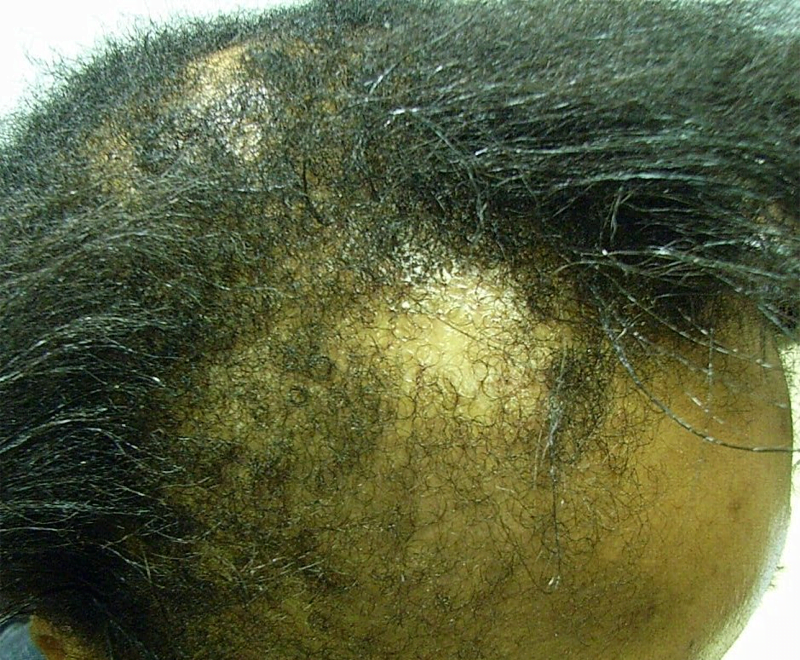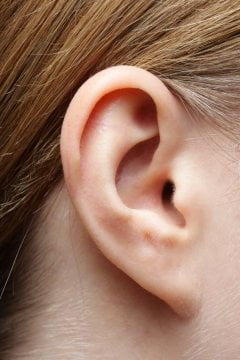
The sale of skin-lightening and fairness products is predominant in Asian countries as they consume over half the global market share. According to a report by Global Industry Analysts cited in Business of Fashion, it is expected to grow into a $23 billion business by 2020.
A World Health Organisation (WHO) study reported that around 61 percent of the Indian dermatological market consisted of skin lightening products. The Business of Fashion report also cited an AC Nielsen report that estimated that skin-lightening products worth more than $432 million were being used annually in India alone as far back as 2009.
Skin lightening has special significance in Asian countries which have a colonial past, like India. A Bloomberg report stated that this cultural bias towards fairer skin in the Philippines could also be related to status in earlier times as peasants and the working class would have to toil in the hot sun while the elite could afford to stay in the shade. The report noted that having fairer skin when the country was under the rule of the Spanish could have meant that one came from a Western lineage, or that one knew someone from the West, making them automatically higher in status.
Corporations like L’Oréal and Unilever launched several products rich in Vitamin E and tea tree oils that claim to lighten one’s skin. But a large consumer base that cannot afford these expensive products turn to alternatives.
Many African countries and the Philippines have a large counterfeit market of cheap fairness products that are loaded with mercury, as per a report by Bloomberg. These products are being sold on e-commerce websites due to lax regulation, and were also available through other means in these countries. Mercury is known to inhibit the production of Melanin in one’s skin, which is the pigment that causes it to appear darker. These products, while being less expensive, are illegal in many countries as even one particle per million(PPM) of the element can be dangerous to humans.
Many studies conducted on product samples in the Philippines have even found alarming levels of over 20,000 PPM of Mercury. The toxic element can be absorbed by the human body leading to kidney and liver failure, insanity, birth defects,paralysis, skin cancer or even death.
The first instance of the hazards of Mercury was learnt from the tragic deaths of 900 Japanese people in the 1950s in Minamata Bay, who ate fish that had ingested Mercury — the source being a chemical plant that had dumped it in the water body where the fish resided.
The popularity of these products is still running strong in India. According to a Quartz report, India alone used 258 tons of skin-lightening cream in 2012. As the market is growing annually, consumers have to be careful about the safety of substandard whitening products that are widely sold.






















